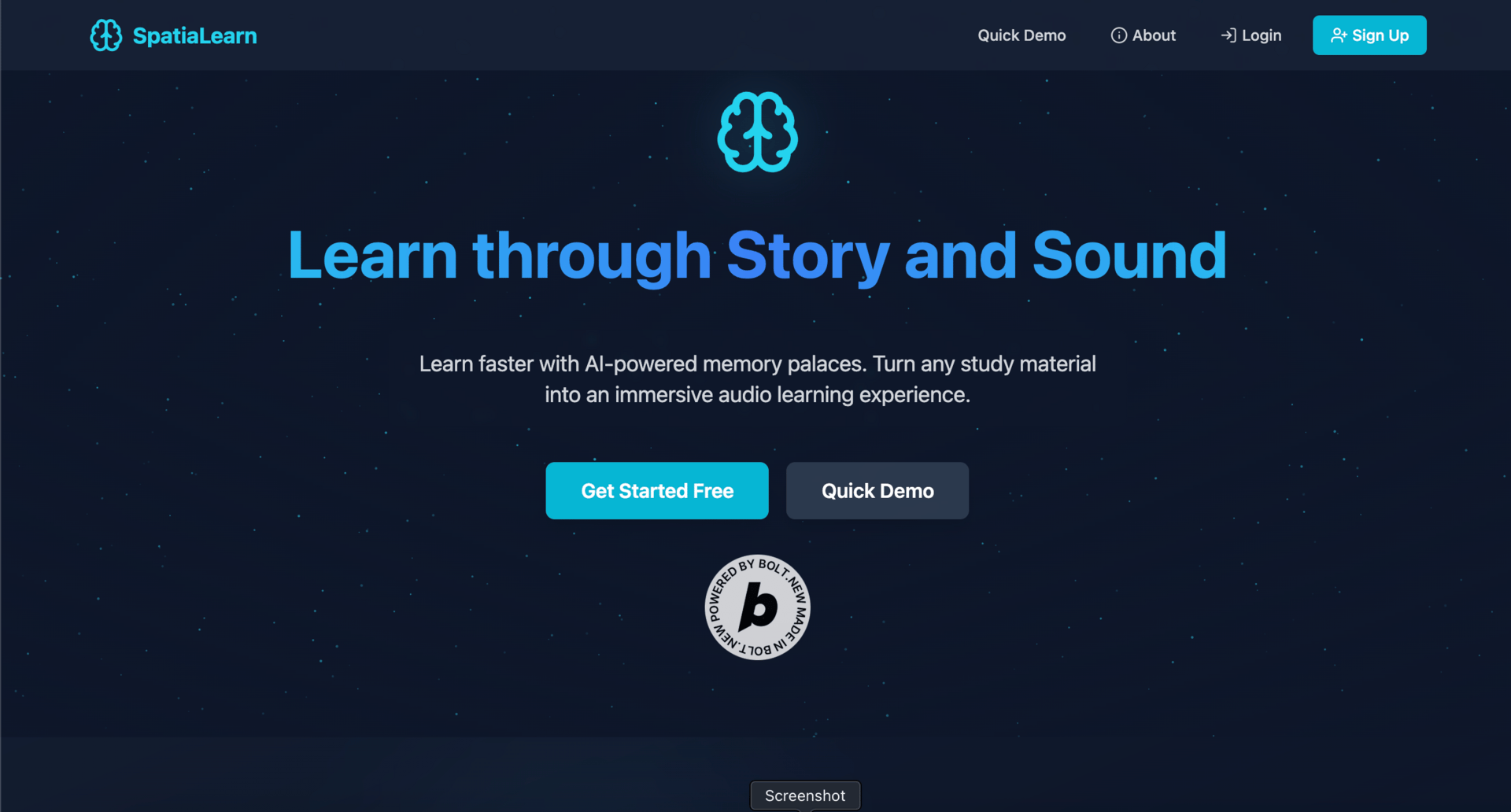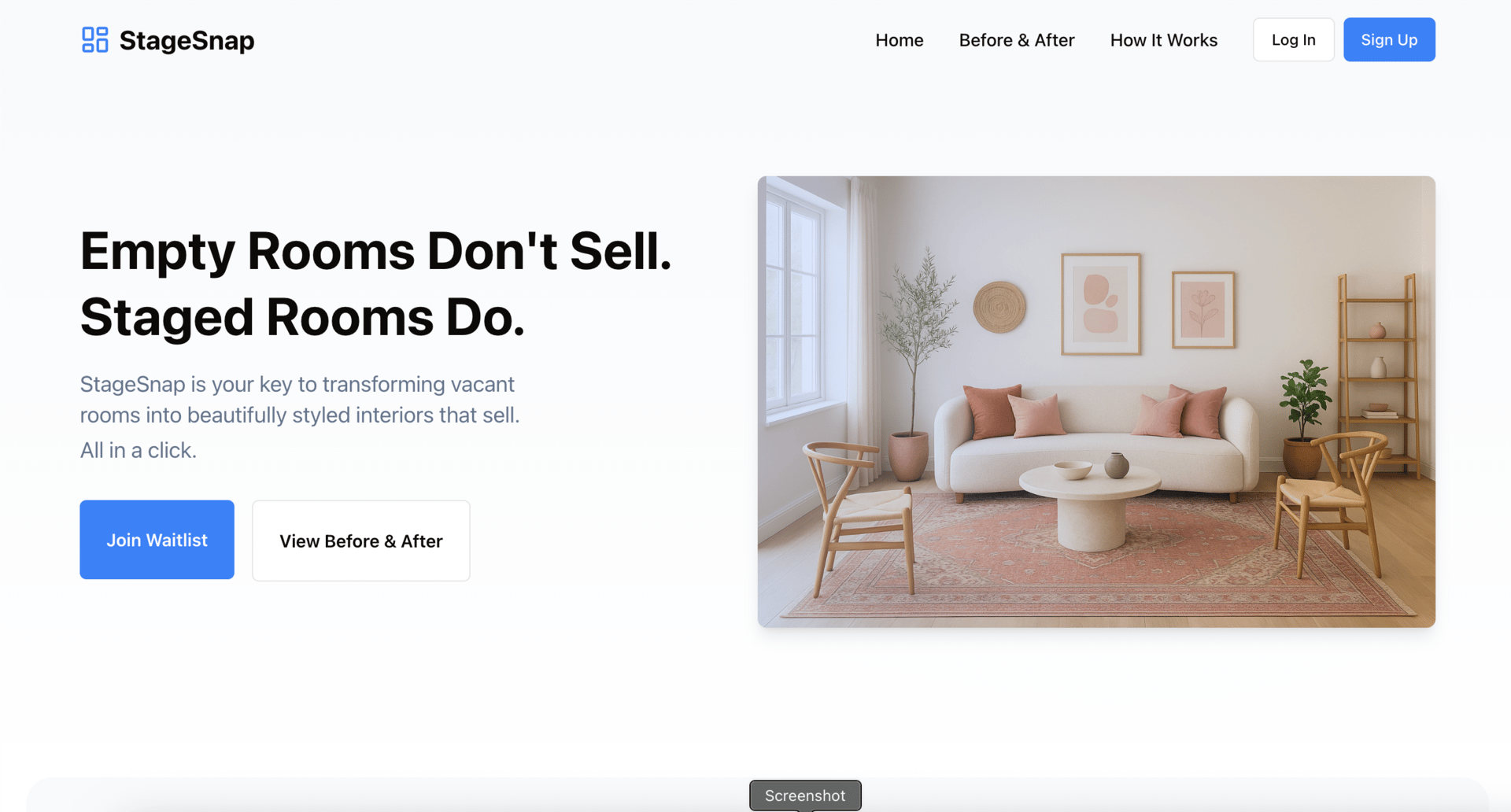- The Atomic Builder
- Posts
- How to go from Side Build to Enterprise Opportunity
How to go from Side Build to Enterprise Opportunity
Is Your Weekend Project Your Career Accelerator?

Hi, and welcome to The Atomic Builder!
This is Part 2 of our series on why your builds matter more than your resume.
Last week was about standing out - how live products and prototypes speak louder than bullet points ever could.
This week is about what comes after proof - turning what you’ve built into something bigger…
Because proving your skills is just the start. The real opportunity is turning those builds into potentially something bigger - enterprise conversations, new revenue paths, or even your next career leap.
This is already happening! Let’s dive in.
Got this from a friend? Join other product managers, founders, and creators staying ahead of AI-powered product building. Subscribe to get The Atomic Builder every week.
Why Side Projects Are Your Strategic Advantage
Your side projects aren’t just portfolio pieces. They’re living proof of market insight, user empathy, and execution speed.
Every line of code you ship is a conversation starter, a mini case study, if you will.
Here’s an example:
When I built StageSnap, I didn’t just prove I could integrate the much improved OpenAI GPT image model into real estate workflows - I surfaced a critical pain point: agents wanted speed and simplicity, not just better visuals. That insight came from watching behaviour, not from surveys.
Same with this newsletter.
I didn’t wait to validate it with a market study - I’ve been shipping it weekly since January, listening to your feedback, and let that feedback guide the roadmap.
🧠 My Three-Layer Strategy
If you’re wondering how to translate a side build into potential enterprise traction, this is the playbook I’m using right now, to go from idea to launching apps (with potential (!) product market fit):
1. Solve Problems You Know About
Scratch your own itch first - the pain points you know intimately are your fastest path to product-market fit.
StageSnap: Solved for slow, expensive property staging by combining AI with UK based agent-friendly workflows
SpatialLearn: Born from frustration with boring, rote memorisation methods. I’m making learning fun!
2. Find the Enterprise Pattern
Most consumer problems have an enterprise twin - just with bigger stakes and bigger budgets.
Productivity → Workflow orchestration
Language learning → Corporate L&D transformation
Real estate staging → Brokerage-scale listing automation
The insight: if it solves a small problem well, there’s usually a 10x version of that same problem waiting in enterprise. You just have to find it.
3. Build the Bridge
The leap from side project to enterprise conversation doesn’t require a pitch deck. It requires conversation and a demo.
Instead of saying “I think this could work,” you say:
“Here’s what I built, here’s what users are doing, and here’s how we scale it for your org.”
Example:
When I walk into a meeting about learning opportunities, I don’t bring a framework - I bring SpatialLearn, live and functional. I talk through what users can do inside the app, and how the concept of audio memory palaces could transform new-hire / learning ramp time. The conversation shifts from “Can this work?” to “Can we try it?”

Can we try it…?
⚡ Your Velocity Advantage
Speed is one of your sharpest edges - especially in environments where others are still stuck in planning mode.
Here’s the contrast:
Traditional PM Timeline:
Month 1: Research
Month 2: Interviews
Month 3: PRD
Month 4: Resourcing
Month 5: Dev begins
Month 6: First working prototype
Builder PM Timeline:
Week 1: Spot problem, start building
Week 2: Ship MVP
Week 3: Gather feedback
Week 4: Iterate or pivot
Real story:
While people were still debating the viability of the new image model OpenAI released, I had three iterations of StageSnap and real feedback from UK estate agents.
Traditional PMs spend months planning their first move.
Builder PMs are already on version three.
🌐 The Network Effect of Building in Public
When you ship, you attract opportunity:
Users become evangelists
Collaborators become co-founders
Customers become champions
Employers become believers
Your builds don’t just get noticed - they compound.
Together, they form a portfolio flywheel - a layered signal of capability, judgment, and speed.
Build that for yourself. Build it for the long-term.
💥 Your 30-Day Builder Challenge
Let’s turn this into something tangible for you. You don’t need months to make a move.
Here’s a playbook to turn one of your ideas into proof - fast. Start creating that portfolio NOW.
Week 1: Spot an enterprise pain point you’ve lived
→ Write down the friction in detail, not just the theme
Honestly, this should take just a few hours (not a whole week!!)
Week 2: Build a scrappy solution using AI tools
→ Functional > Pretty. Use Replit, Claude, or whatever gets it working.
→ Send it to 5 people who live the same problem
Week 4: Document and iterate
→ Write a short case study: problem → solution → results
Your success scorecard:
✅ 1 working MVP
✅ 5+ users
✅ 3 insights you couldn’t have predicted
✅ 1 case study that proves your thinking

Take on the challenge, piece by piece
🔁 The Meta-Lesson
The best PMs in the AI era don’t just manage products - they create them.
They don’t just understand problems - they solve them.
They don’t just talk about market opportunities - they prove them.
🚀 This Is Already Happening
Notion came from a frustrated PM
Figma came from designers who needed better tools
Superhuman came from someone who wanted email to move at the speed of thought
None of them waited for permission. They built. They shipped. And then they scaled.
Now, with AI? The excuses are gone.
You don’t need a team. Just urgency, curiosity, and a willingness to ship before you feel ready.
Final Thoughts
In Part 1, I shared that you should “build something to stand out”. In this issue, my message is “here’s how to use what you’ve built to open doors”.
Here’s a quick recap. How you’ll go from Side Project to Career Catalyst:
🎯 Scratch your own itch (!)
🏢 Find the enterprise twin
🌉 Turn your build into a conversation
⚡ Move faster than your competitors
📣 Share what works (and what doesn’t!)
If you have any questions, just hit reply to this email!
Next week, I’m going to look at the potential pitfalls of moving fast, what software companies are doing about these challenges and what you should do - don’t miss it.
Until next time, keep experimenting, keep building, and as always - stay atomic. 👊
Faisal
This Week’s Build Beats 🎵
Each issue, we pair the newsletter with a track to keep you inspired while you build.
This week, because AI building is about ownership - about doing the work, making the calls, and creating something that’s entirely yours…
🎧 “My Way” – Frank Sinatra
Grab the playlist on Spotify - I add to it each week!
 | Thanks for Joining! I’m excited to help usher in this new wave of AI-empowered product builders. If you have any questions or want to share your own AI-building experiences (the successes and the failures), feel free to reply to this email or connect with me on socials. Until next time… Faisal |
P.S. Know someone who could benefit from AI-powered product building? Forward them this newsletter!


